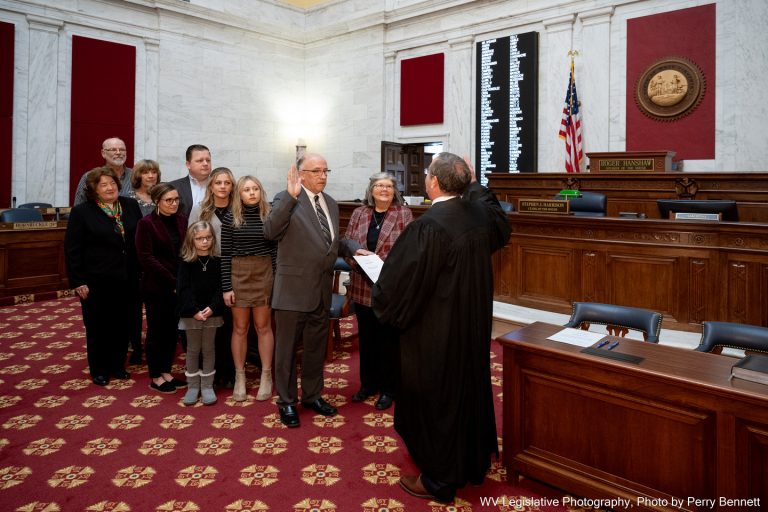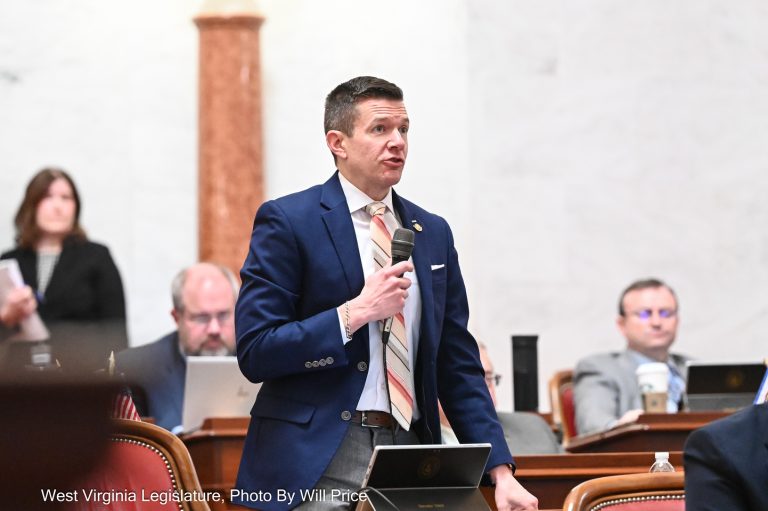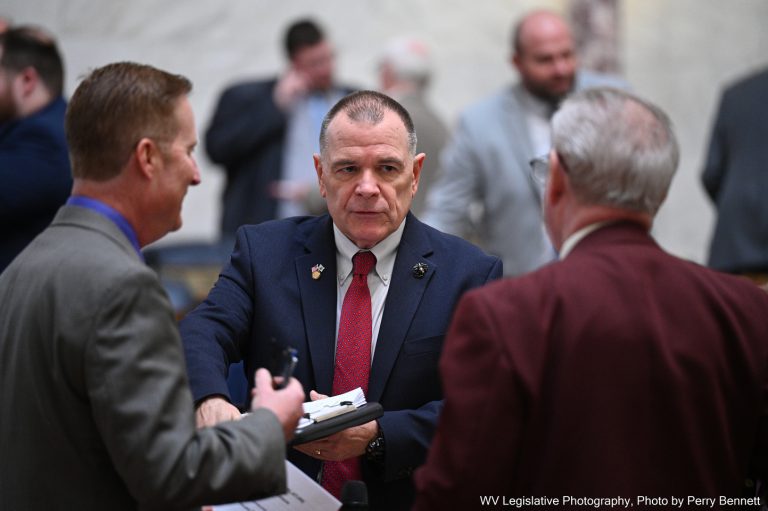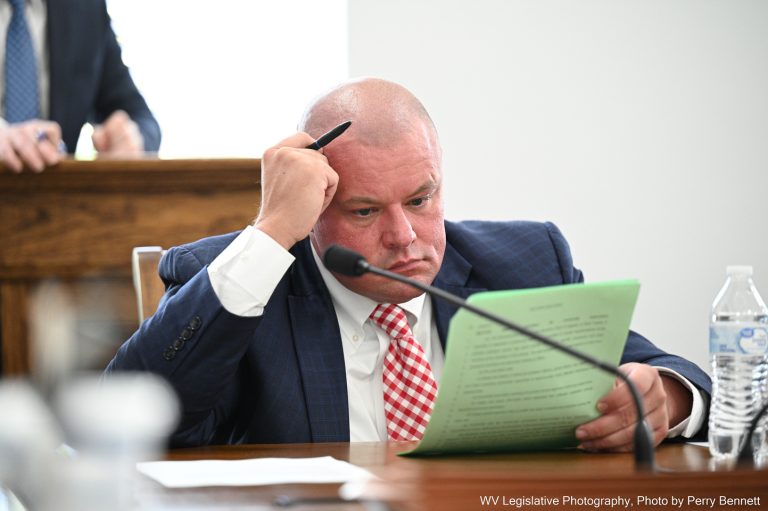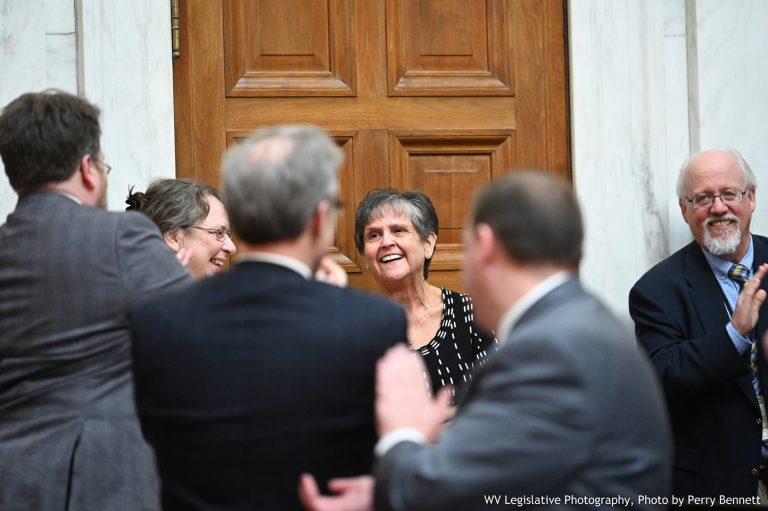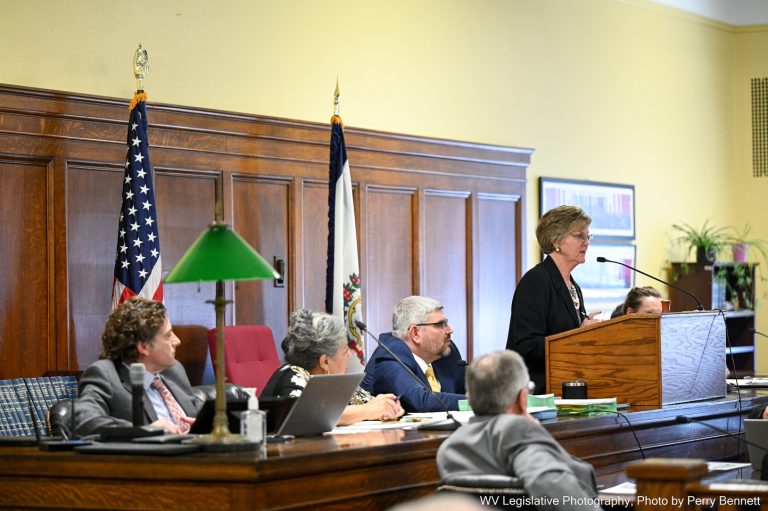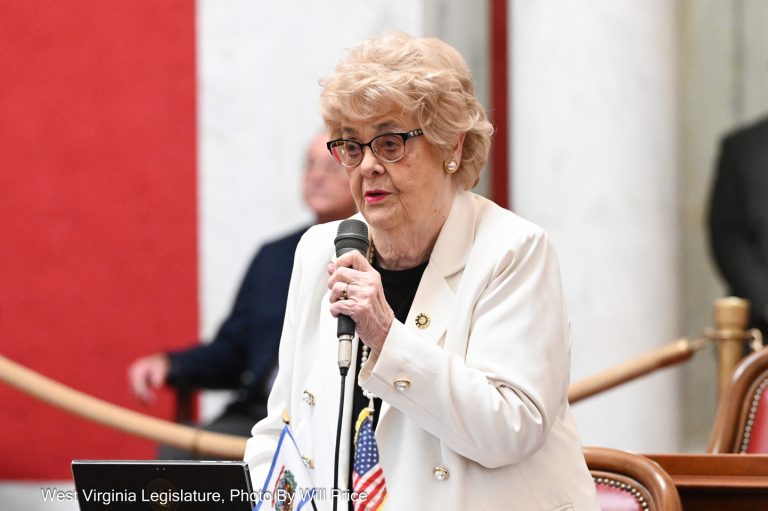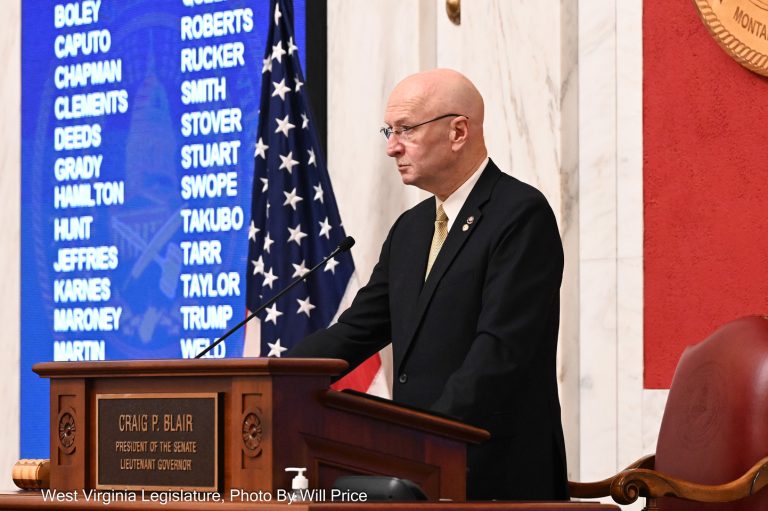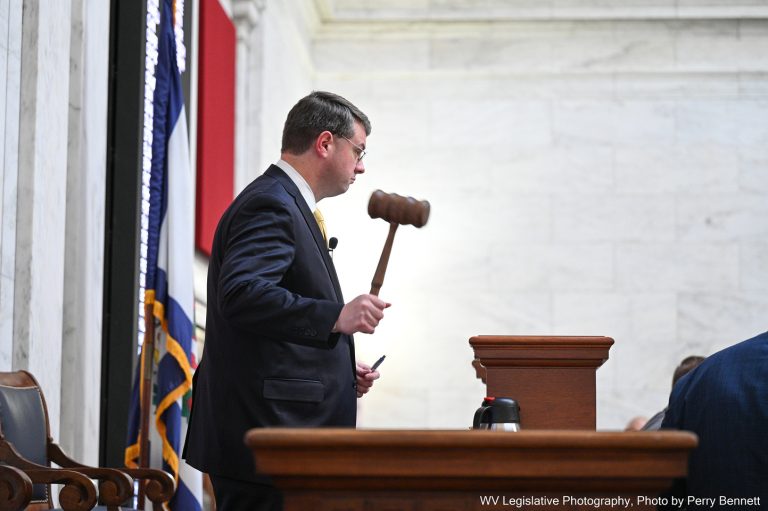This Morning, Thomas C. Clark was sworn into the House of Delegates by Judge Alsop of the 14th Judicial District. Clark was appointed by Governor Justice to fill the vacancy created by Caleb Hanna’s resignation.
Clark is retired from the US Department of Mine, Safety and Health Administration. He also owned the newspaper in Webster County. Until his appointment, Clark was a member of the Webster County Commission.
Clark said he accepted the appointment because the area needs representation. He had filed to run for the 48th District seat in the upcoming election.
Delegate Clark represents the 48th District, which includes Webster County, the Eastern part of Nicolas County, and the Northwestern Part of Greenbrier County.
Accompanying Delegate Clark as he took the oath of office was his wife – Terry, daughter – Stephanie, his son-in-law, three granddaughters, two sisters, and brother-in-law. Justice Haley Bunn was in attendance along with delegates Householder, Statler, Willis, Barnhart, Adkins, Ferrell, and Speaker Hanshaw.


